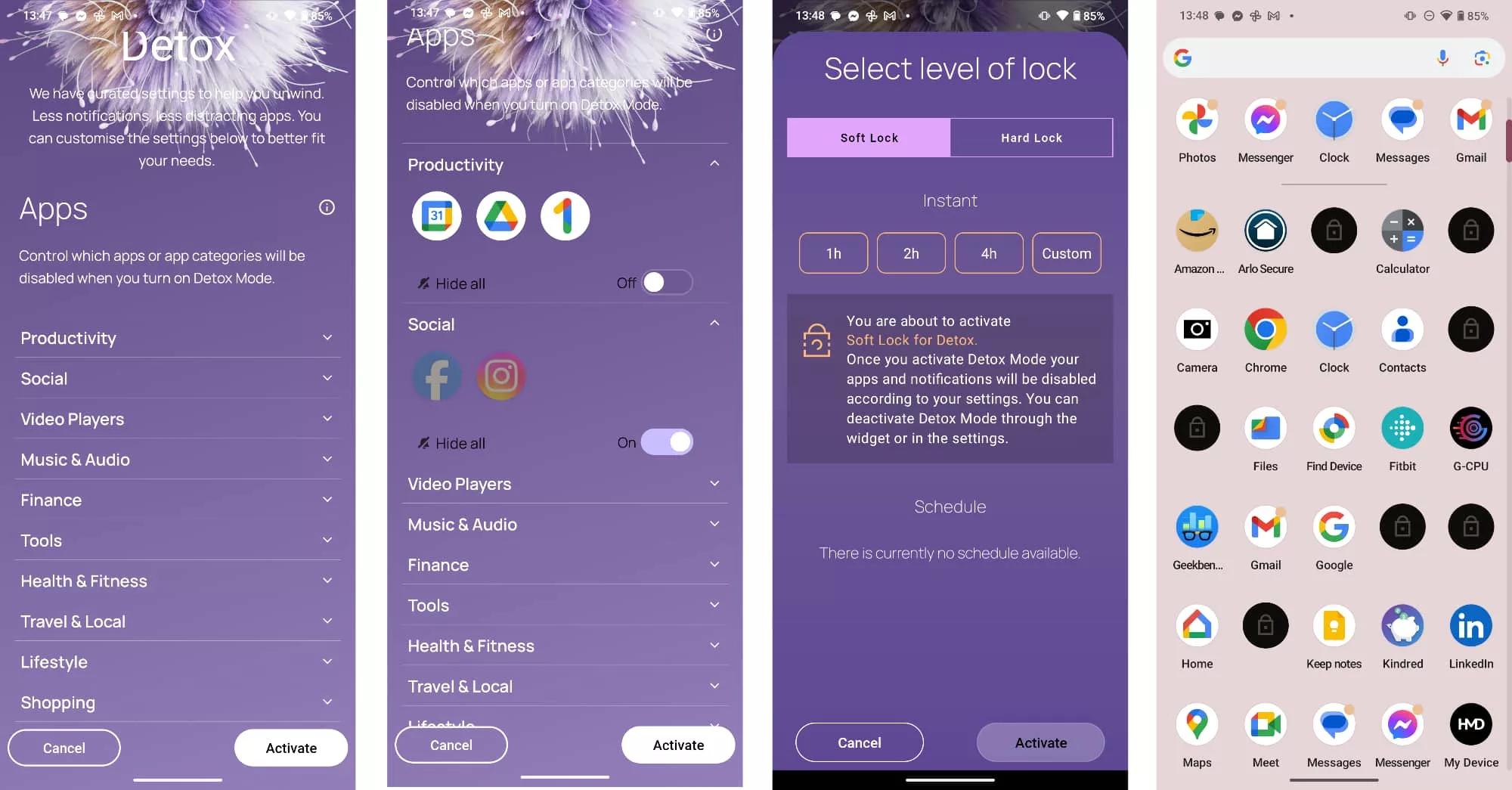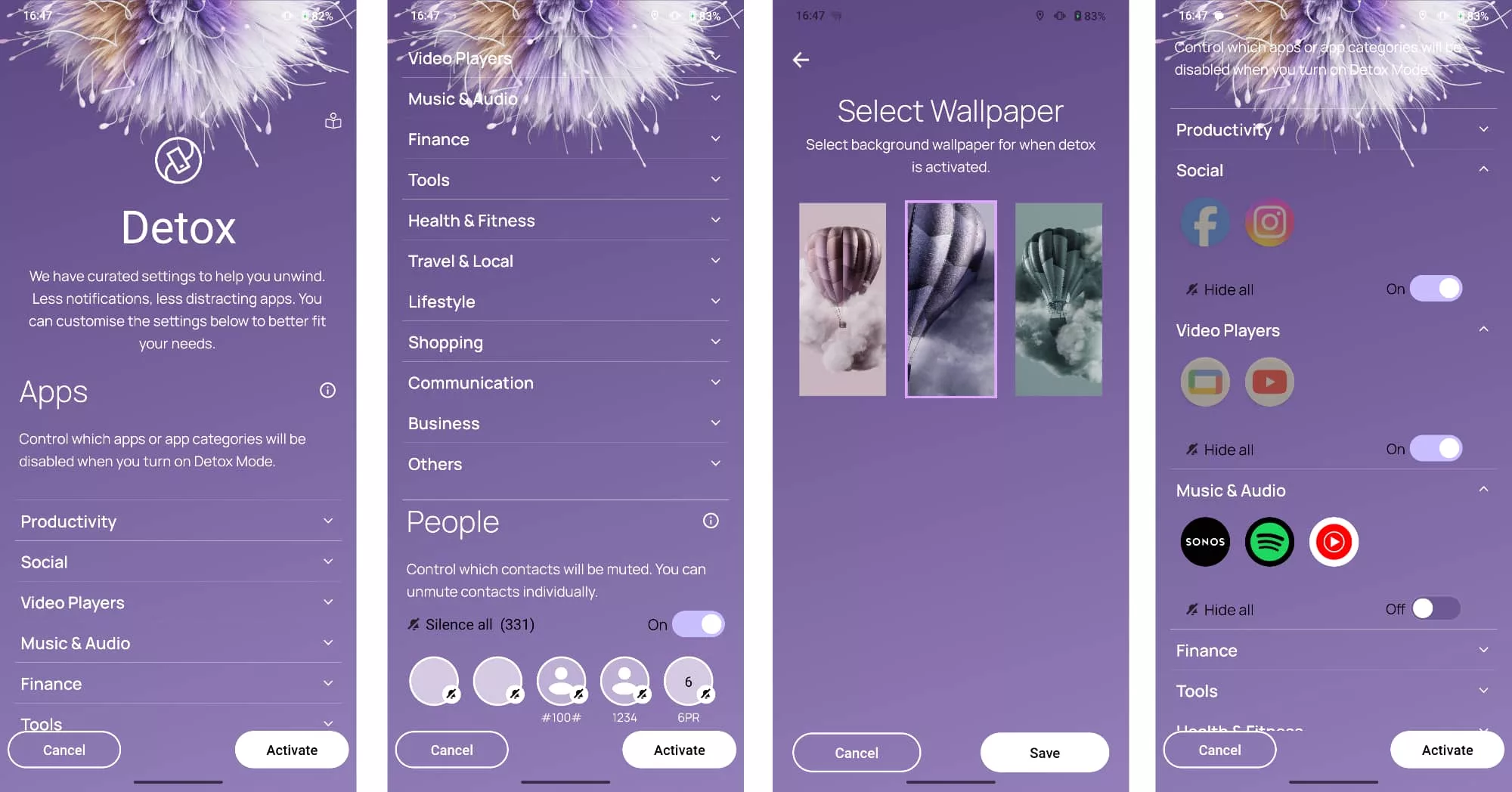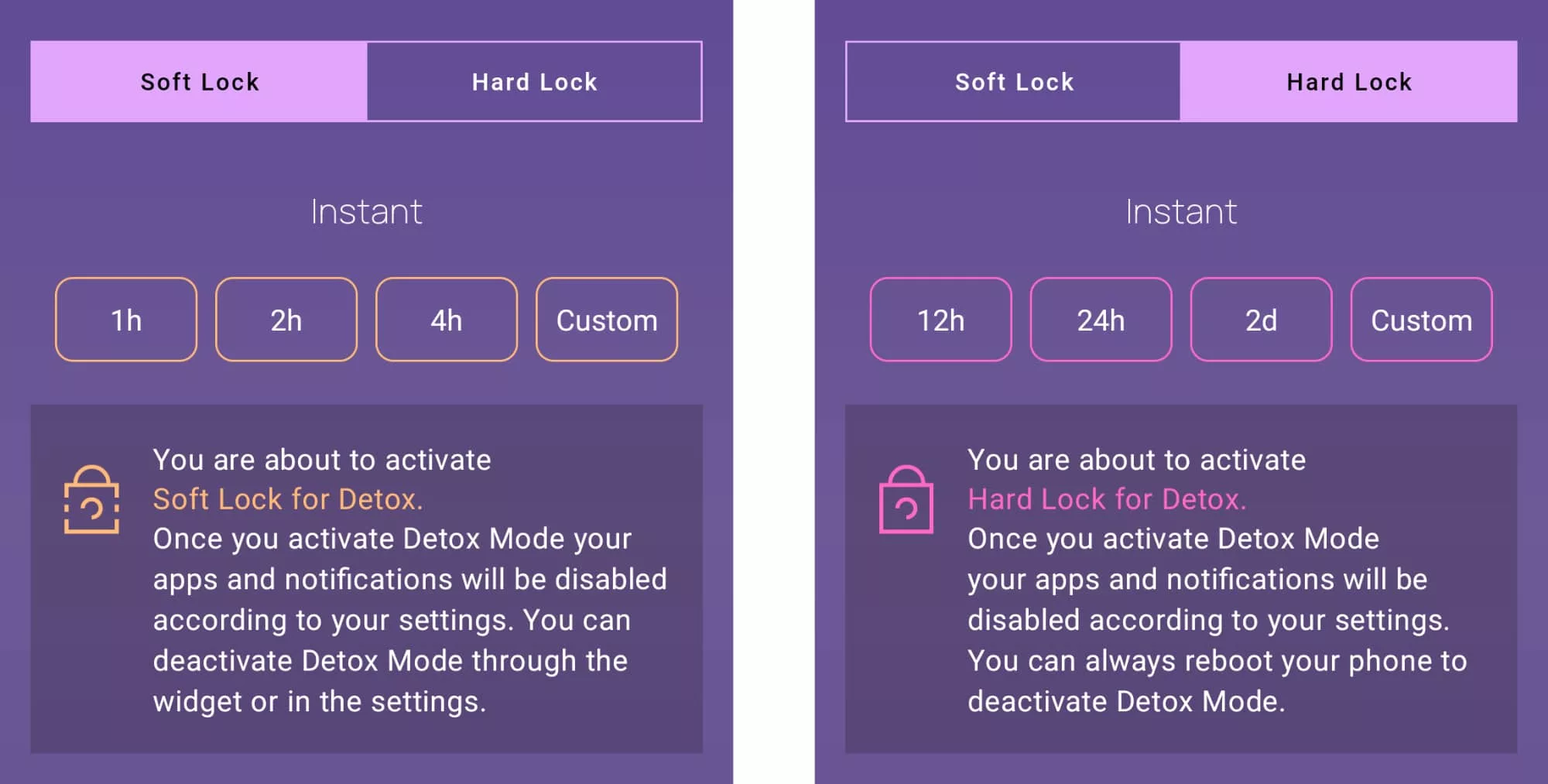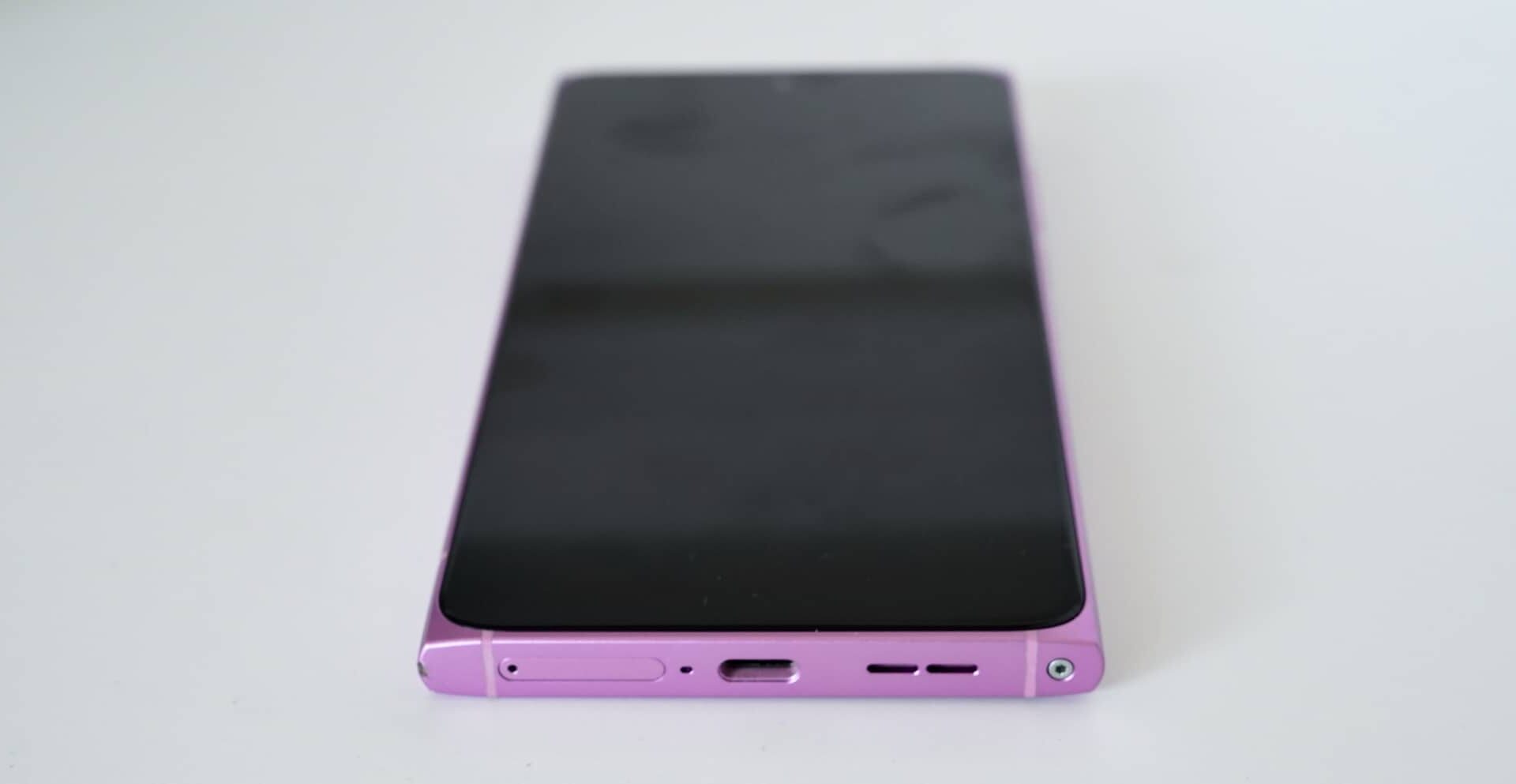Keeping yourself from being distracted is a feature in new HMD phones. How does it work?
Phones may well be communication devices, but depending on how you communicate with the world, they can also be big distractions. It’s not the fault of the phone, but rather how much you can do with a device these days.
A big screen and access to the whole of the internet can mean people are easily distracted, thanks in part to just how many apps beckon for your attention.
Doom scrolling of your favourite social networking apps, the seemingly endless videos available on YouTube, games and games and games, or just reading countless webpages before realising that, yep, you need to get back to work.
What’s the solution: do you need to switch to a deliberately low-end feature phone, or even something moderately better with a black and white only screen?
Available on select devices include the Skyline, HMD’s approach delivers a “Digital Detox” mode made to make life easier.
How does HMD’s Digital Detox mode work?

I’ll admit, this wasn’t what I expected.
When HMD first announced a detox mode was coming, I naturally thought about the feature phones the once-Nokia-affiliated-manufacturer makes and releases.
Feature phones are the current name for dumb phones, the button phones you used to use that typically get given when smartphones are too complex. They come with a little more than buttons, but not much more, and there’s no emphasis on apps at all. Because of this, they’re perfect for people looking to detox digitally, staying away from the distractions of the internet.
A smartphone of any kind differs greatly by offering access to apps aplenty, which can be a distraction. In fact, nearly anything on a regular touchscreen phone can be distracting, whether it’s watching videos, responding to countless emails, taking photos, or just absorbing yourself in browsing the web.
On the other hand, feature phones are less distracting because the experience isn’t as great: the screen is smaller, the app support is lower, and overall, using a feature phone is uncomfortable to do much more than make calls. Remember what it was like texting with a keypad? You won’t want to do much of that here.
The conversion of a feature phone experience is what we expected from HMD’s Digital Detox mode. Fortunately, it’s better than that.

Instead of dropping the operating system back to what life is like with a less useful phone, Digital Detox has you decide which apps you want to hide, as well as the people you want to hide, as well. Think of it as being able to close down your phone to all but the most important features, adding a new wallpaper to remind you that yes, you’re in detox mode.
HMD then allows you to run it in one of two ways: timed or until the next reset.
In “Soft Lock”, you’re basically limiting the apps for a period of time, and can even override the feature by turning it off from Android’s drop-down power control. Easy.
The “Hard Lock” is perhaps more interesting. This mode will keep Detox’s limitations and blocks on until either the timer is finished or until the phone is restarted, whichever comes first.

It’s a clever solution, though one that could do with more tweaks.
For instance, the interface could be streamlined to only show the icons and apps you have given access to. All that happens at the moment is Detox blanks out the apps you can’t use, teasing you with empty shortcuts of apps that should work but don’t (because you’re in the Digital Detox mode).
You also can’t set your own choice of wallpaper for the mode, with only three choices available, and they’re not amazing. We’d love to just set a block colour — a black or a red — to remind us the mode we’re in.
Tweaks aside, however, HMD’s Digital Detox is a clever addition, and helps solve a problem for many their phones just haven’t accounted for yet.






